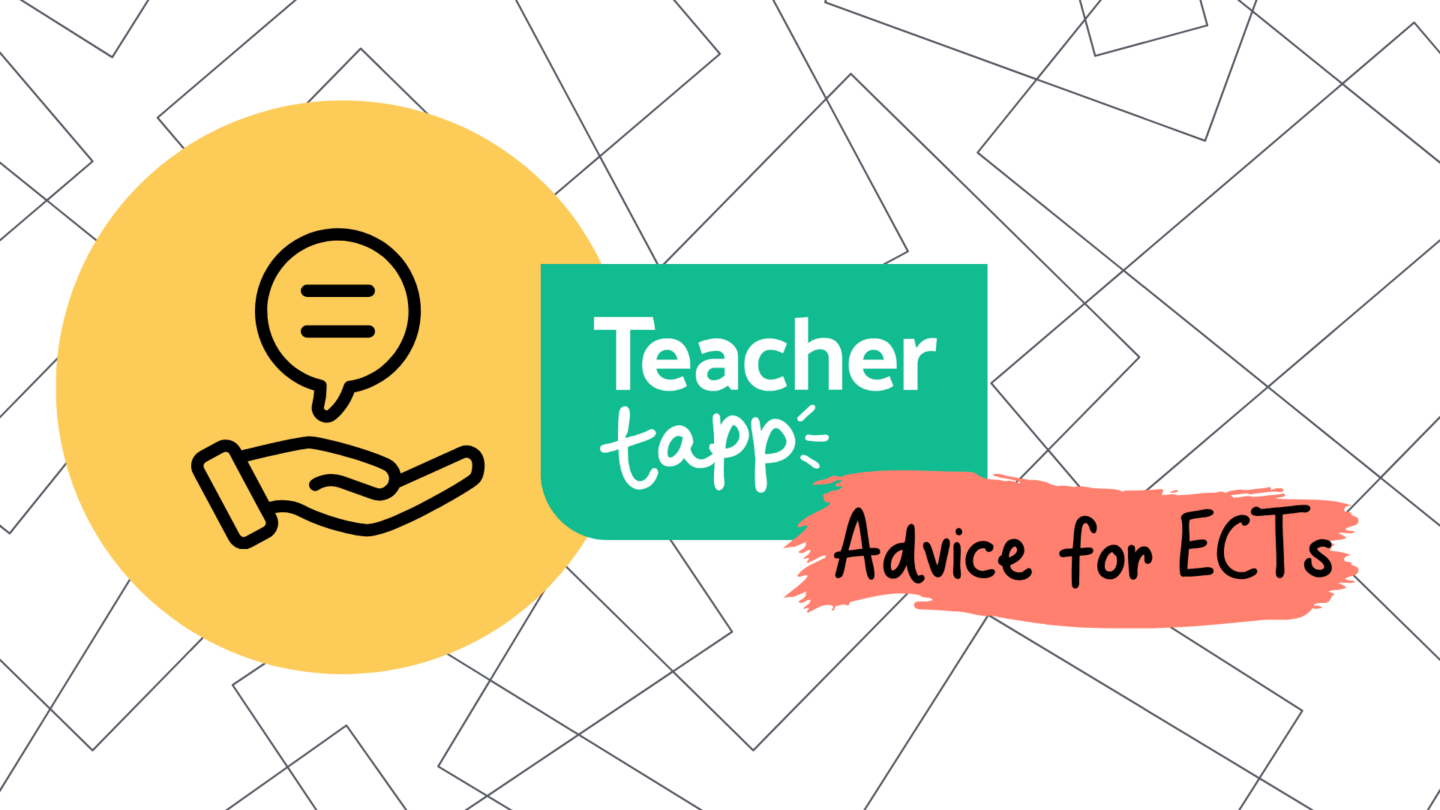Bonfire Night is heeeere! And so are your weekly Teacher Tapp results. Let’s see what we learned!
https://giphy.com/gifs/26tOZ42Mg6pbTUPHW
Right, onto the results…
1.When (and why) do teachers decide they want to be teachers?
As part of our endless quest to get more teachers into the classroom, we wondered when you first thought about becoming a teacher. If we grab young people right as they are musing about the job, it will be easier to offer a route in.
Teachers first think about becoming a teacher when at primary school, secondary school, or in another job. Note: university is not so common for having the bright idea of teaching.
The pattern is different for primary vs secondary teachers…
Secondary teachers are much more influenced at university than primary teachers. One reason might be that secondary teachers are particularly motivated by getting to use their subject. Only 7% of primary teachers do the job because of a subject link; whereas subject matters for 44% of secondary teachers.
Making a difference to children’s lives, wanting to work with children, and feeling that you would be good at the job all seem to matter.
BUT, don’t dismiss the 22% of secondary teachers who say they just needed a job and they felt qualified enough to be a teacher. Not everyone begins with huge motivations of changing the world! But we need that group as much as we need everyone else.
On the matter of subject orientation, it’s noticeable that maths and science teachers were much more likely to become motivated to teach while at university, when compared to other subject teachers.
Why is this? Could it be that they had a poor experience of the subject at school?
2.Budget 2018: How Much Do Schools Need?
Last Monday the chancellor, Phillip Hammond, announced an additional £400m of capital spend for schools. Hammond annoyed almost everyone by saying the cash is for “little extras” – and implying that teachers should be delighted by a few extra laptops and a redone sports hall.
However, a question for the schools community is how much money would have made a difference?
Alas, the Chancellor needed much deeper pockets. Over a third of teachers said schools need at least £2bn more.
Is this because teachers don’t really know anything about budgets? Sometimes when we asked questions about salaries, for example, classroom teachers have expectations that are far out of line with schools’ actual budgets. Headteachers tend to be more realistic as they are closer to financial decisions.
But look: headteachers are the ones who think schools need the most money.
Such high levels of dissatisfaction among heads are unusual, and might explain why the headteachers’ groups are the ones leading the anti-cuts campaigning. It also means this isn’t just a ‘rabble rousing’ mass issue of classroom teachers wanting higher salaries. Heads genuinely believe a lot more money is needed to cover costs.
3.How Often Do You Get Observed?
In their first year, teachers get observed A LOT. Newbie tappsters told us that in the last academic year they were oserved more than 20 times. Yet, by Year 2, this drops dramatically, with around half of year 1/2 teachers observed fewer than 10 times. By year 5, hardly any one even has six observations – and this includes informal drop-ins, too.
This may be due to the decreasing availability of staff, as teams get smaller due to budget cuts. It might also be a kickback against accountability – especially as Ofsted no longer give individual lesson grades. This flags the fact that we give lots and lots of feedback to new teachers, and then leave an awful lot of teachers just to get on with the job, without ever giving them any further information about their performance. Even just guidance about new techniques!
An interesting quirk is that a small percentage of Outstanding schools do a lot of observations. Schools that are RI/Inadequate also have a higher proportion of observations – usually as part of turnaround. For newer teachers, these schools might actually be the best ones in which to get more feedback than the glut of ‘generic’ good schools which aren’t doing as many observations.
4.Nut-free Schools
After several tragic stories highlighting the deaths of children with allergies, we wondered how many schools are becoming “nut-free” in an attempt to control the risk.
38% of schools said they have gone ‘nut-free’…
However, the number is much higher in primary schools than in secondary schools. Given that younger children struggle to read labels and understand the issue of allergies, this makes sense. However, the rise of deaths within secondary schools may prompt greater action for older children in future.
It also means secondary leaders need to be aware that primary children may expect their lunches to be nut-free.
We also found a substantial regional difference – with just 18% of schools in the north west being nut-free versus 51% in the south east.
It’s worth asking your school to find out what its policy is, just in case a parent ever asks, as it does appear to be on the rise.
*
5. Finally, as ever, we learned that you really love our daily tips, so here are the links for last week:
Breaking the classroom plane (the invisible line)
What’s wrong with pitch, pace and progress
The seven most powerful words in education
Right folks – over and out for another week…
In the meantime, keep sharing what we are doing. Here’s a powerpoint slide (with script), a PDF, and a black-and-white one-pager to help.
Remember, we need more of you before we can do the really exciting and detailed analysis!
Enjoyed this post and want to join our Teacher Tapp panel?
Sign up via the iPhone App Store or the Android App Store.
You can also check out more at www.teachertapp.com
















